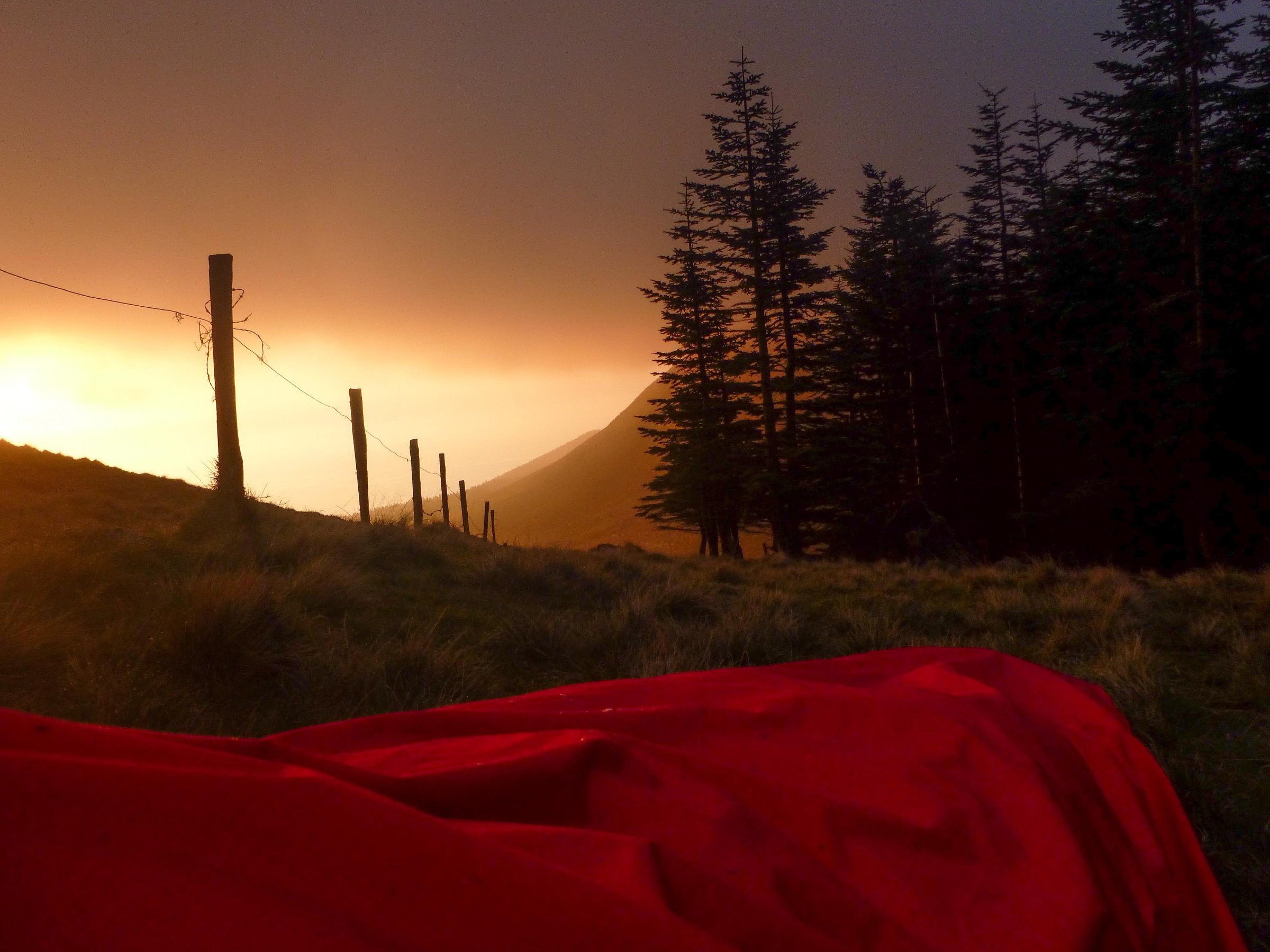New to using a bivvy bag? Considering it for the first time? Here’s some tips from Ed, who prefers a bivvy to tents, and has slept in a bivvy bag for hundreds of nights over the past 15 years.
Place Your Mat Inside
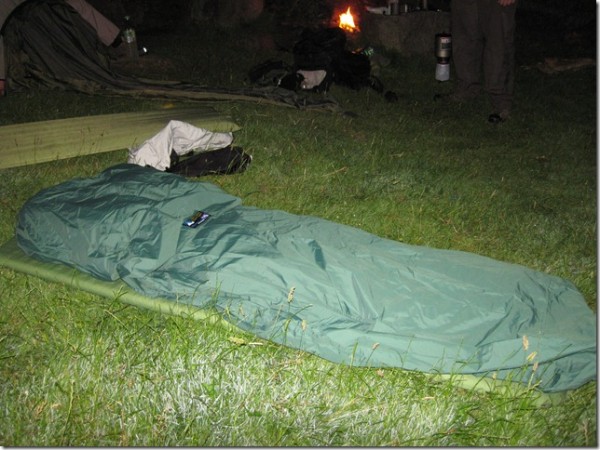
If your bag is sufficiently voluminous to permit it, put your sleeping mat inside the bivvy bag, rather than sleeping ontop of it. This ensures you’re always ontop of the mat and won’t roll over it. Better still, it won’t blow off into the distance in the middle of the night!
Bring A Bag For Your Bag
Since you won’t have a tent porch, you’ll need some means of ensuring your rucksack doesn’t get soaked overnight. Some decent options are:
- Flip it over straps down and deploy the rain cover (light, but least water resistance)
- Bring a full blown dry bag (heavy! but best water resistance)
- Use a sturdy rubble / refuse sack (weighty, but doubles as a great rubbish bag for the morning hike out)
Mind Your Feet
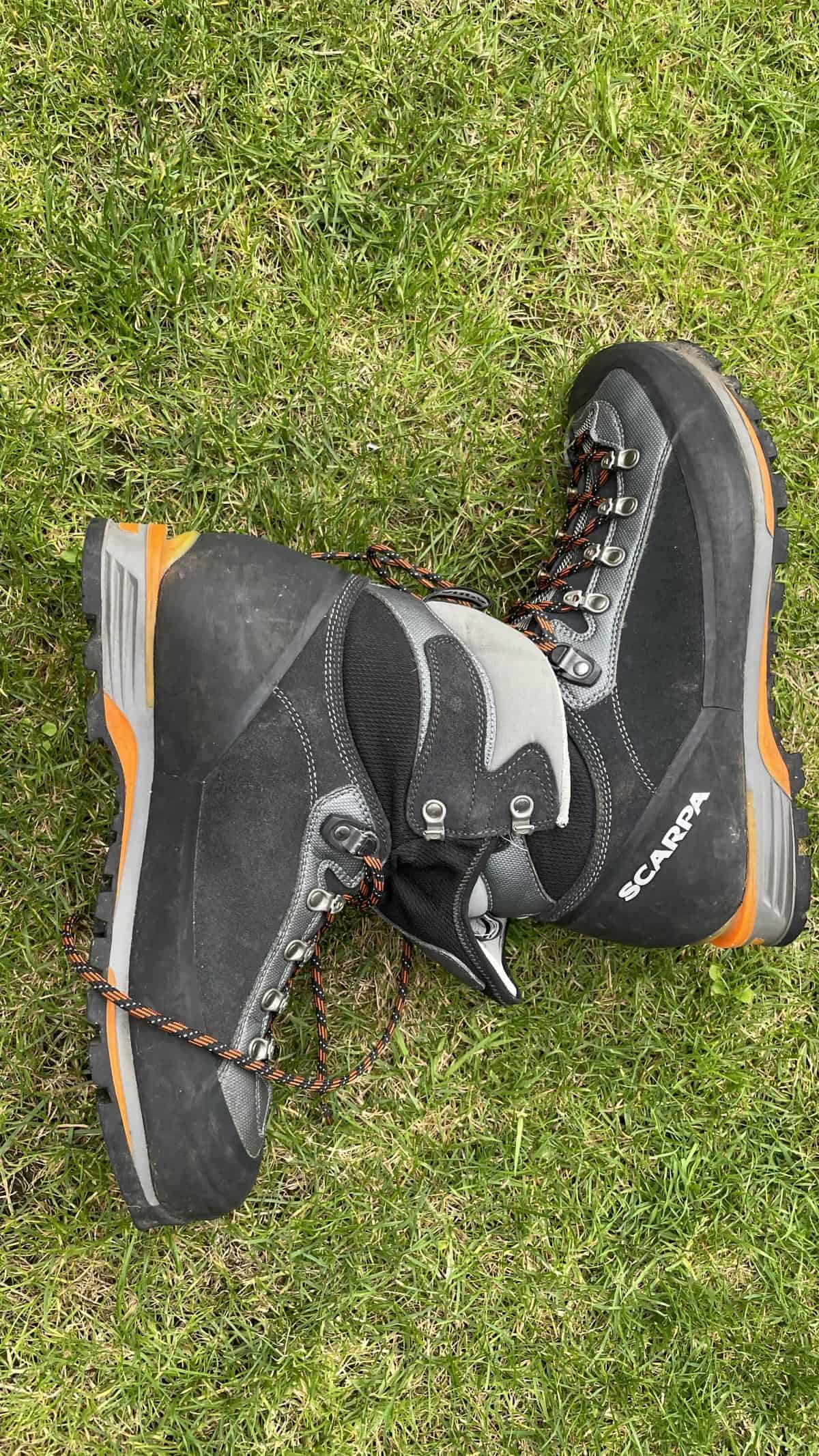
Your boots will also be in the open. Rather than leaving them sitting upright, tuck the ankles of your boots inside one another, leaving the boots on their sides. They’ll not get wet from the rain, no extra space is taken up and they’ll be ready to use in the morning!
Bally Up!
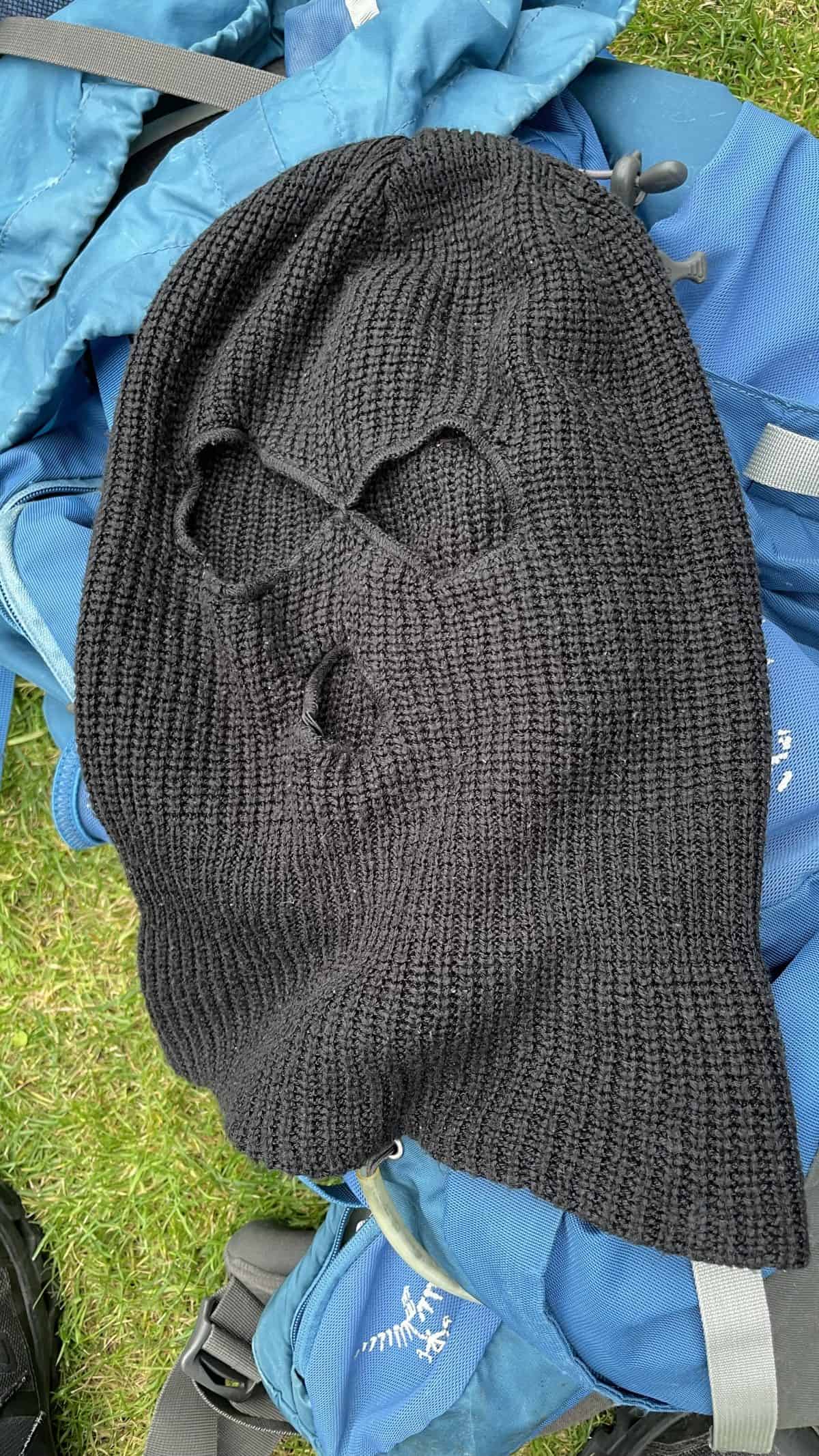
This has become something of a catchphrase among the HikersBlog team. I’ve taken to bringing a balaclava on bivvy trips, and it’s a game changer for very little weight. It enables you to sleep with your head out in all sorts of weather and insodoing avoid all the nasty condensation from breathing into your bivvy.
It also means you can fall asleep staring up at the stars and can use it to keep the sun out of your eyes for longer sleeps during summer camps. The strange glances from passing morning hikers are also an unexpected benefit.
Insulate Well, Loft Early
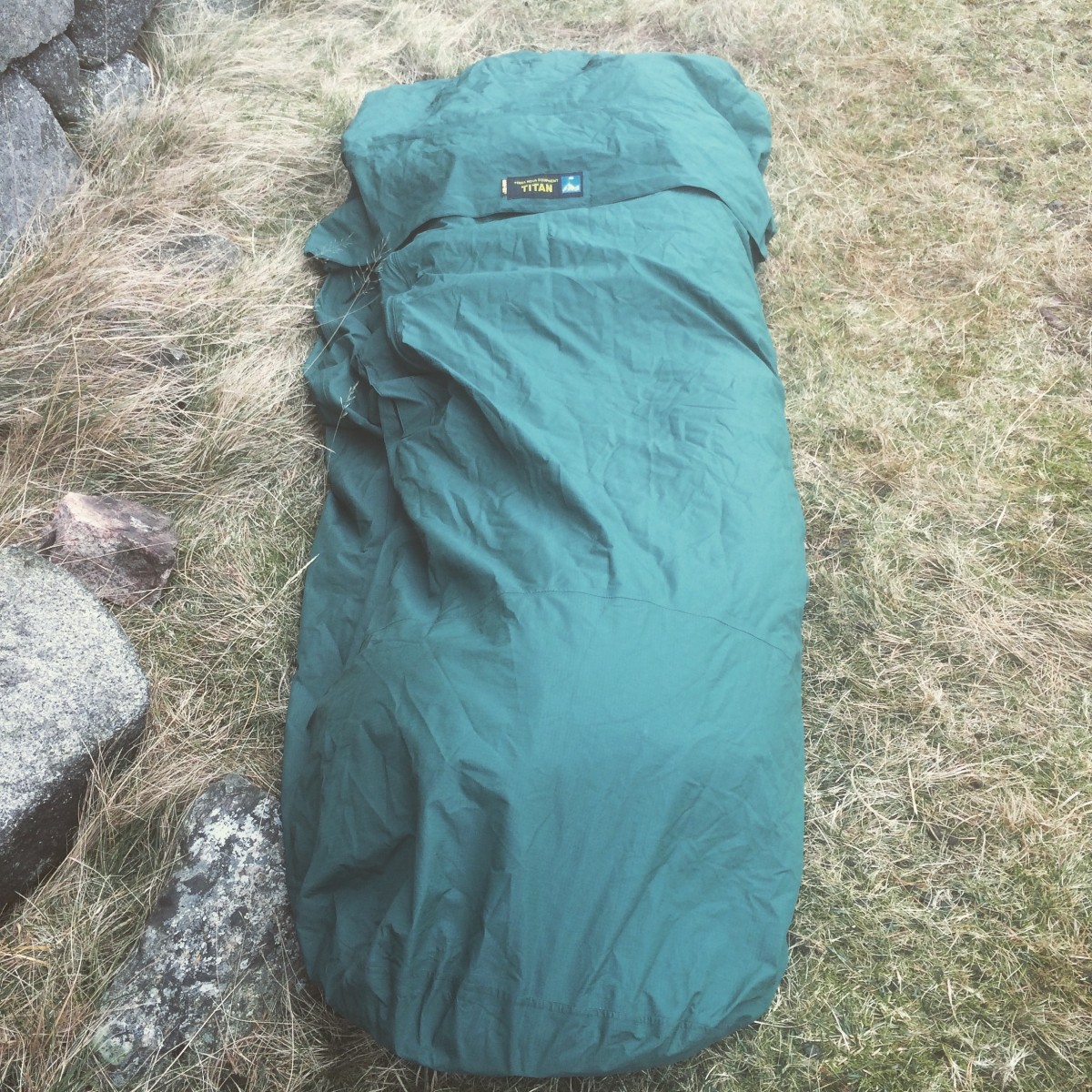
Insulation is key in a bivvy bag, as you won’t have quite the same microclimate as a tent. If you’re using a down bag, set up your bivvy upon arrival, giving the sleeping bag inside lots of time to achieve full loft before you get into it later. You may need more insulation vs a tent, especially if you run colder.
Consider Half Baggin’
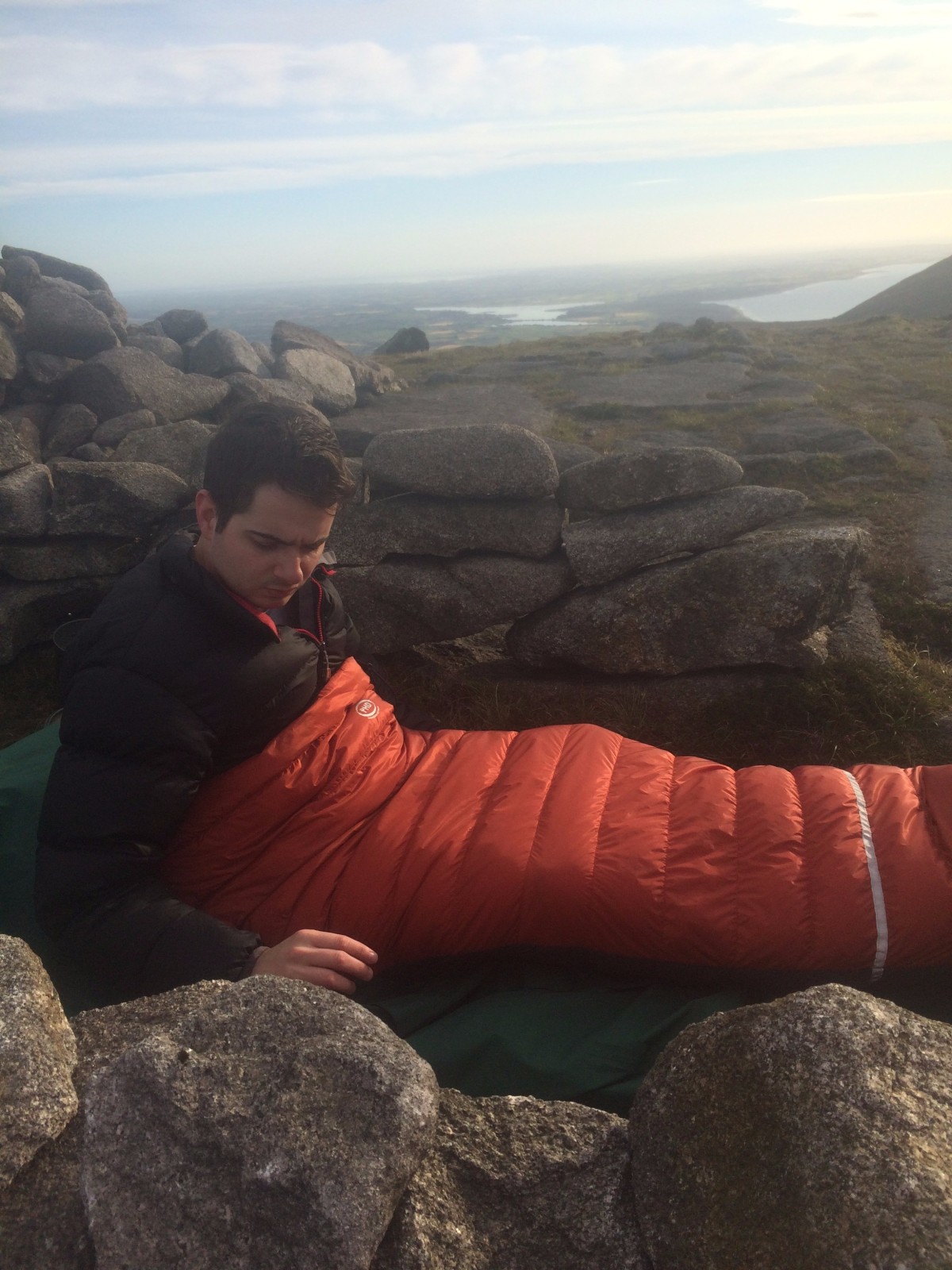
Instead of using a full sized sleeping bag, I use a PHD Hispar half bag, which comes up to roughly the waist. I pair this with a down jacket to insulate the upper half. This has two main benefits:
- Rather than feeling colder all evening right up until I retire, I throw on the down jacket as soon as we stop at camp. I build heat up in it all night, then keep that same heat when I lay down for the night.
- The articulation at the waist from the separate jacket and half bag make it easier to sit up and move around when needed.
Hopefully you find at least some of these tips useful. The key is to make bivvying work for you! Got some tips of your own? Share them in the comments!


